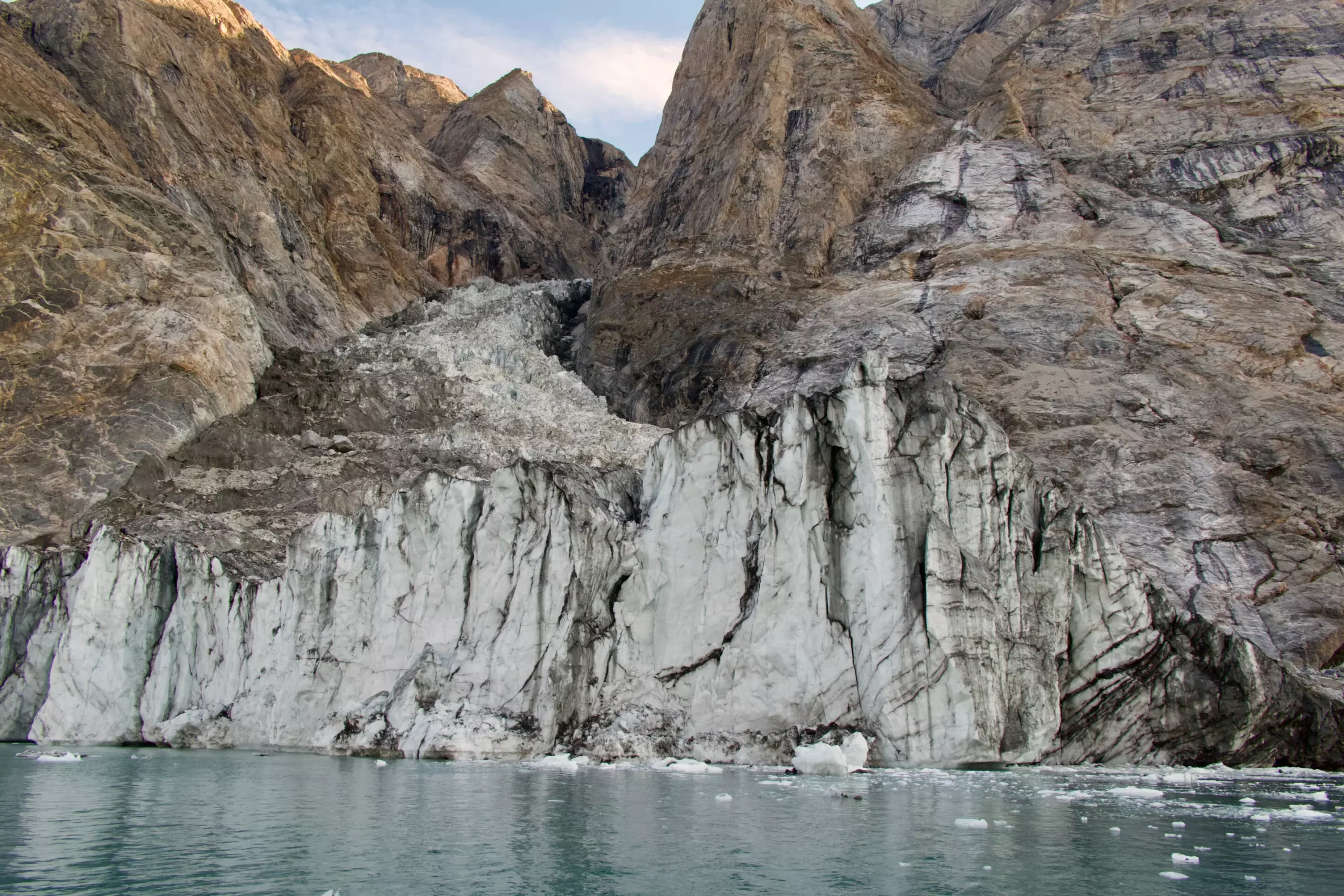In September 2023, the scientific community was thrown into a flurry of speculation when a peculiar seismic signal was detected. Lasting an astonishing nine days, this unusual occurrence raised numerous questions and fueled curiosity among seismologists and researchers globally. Named for its distinct rhythmic oscillations, the signal deviated significantly from typical earthquake patterns, displaying a 92-second periodicity that was not only perplexing but also baffled even seasoned experts. Among the scientists investigating this anomaly were Alice Gabriel and Carl Ebeling from UC San Diego’s Scripps Institution of Oceanography, whose collaborative effort aimed to decode the mystery.
Researchers quickly traced the origins of the enigmatic signal to a catastrophic event in East Greenland, where changes in the environment, propelled by climate change, set the stage for a colossal landslide. The melting of glaciers destabilized a mass of over 25 million cubic meters of rock and ice—enough to fill 10,000 Olympic-sized swimming pools. The collapse of this immense volume into the fjord triggered a mega-tsunami, soaring to heights of approximately 200 meters (650 feet). This tsunami danced through the steep confines of the fjord, producing the seismic waves that later reached far beyond their origin.
Kristian Svennevig, a geologist and lead author of the study, emphasized the interconnectedness of climate change and geological hazards. As climate shifts continue to alter the planet’s landscape, they may set into motion an escalation of similar natural disasters. “Climate change is shifting what is typical on Earth, and it can set unusual events into motion,” Gabriel observed, highlighting the urgent need for understanding these phenomena.
Detectors on Alert
When the seismic monitoring networks first captured the signal in September, it starkly contrasted common earthquakes, which typically display rapid fluctuations on seismographs indicative of tectonic activity. The signal in question, however, maintained a steady amplitude that defied expectations for seismic behavior. This prompted an international dialogue among geoscientists, leading to a consensus that a correlation existed between the seismic signal and a reported landslide in Greenland’s Dickson Fjord occurring on September 16.
To investigate this connection, a collaborating team comprised of 68 scientists from 41 research institutions took on the formidable task of piecing together the events. By combining satellite imagery, field measurements, and global seismic recordings, the team successfully reconstructed the landslide’s dynamics. Utilizing advanced computer simulations, they modeled the trajectory of the rock and ice avalanche, examining its entry into the fjord and the subsequent formation of the tsunami.
Conducting accurate simulations of such prolonged phenomena, like the seiche that followed, proved to be an intricate challenge. Gabriel noted the difficulty of modeling a tsunami that exhibited slow oscillations for extending durations. However, the team’s resilience paid off as their simulations aligned closely with real-world observations, tracing the height of the tsunami and capturing the lingering rhythms of the seiche.
The rigorous interdisciplinary approach illuminated how diverse scientific methodologies work in concert to address complex problems, showcasing the cooperative nature of modern scientific inquiry. Robert Anthony, a co-author from the U.S. Geological Survey, remarked on the exciting nature of tackling such perplexing challenges with a multinational team, underscoring the value of broad collaboration that transcends geographical boundaries.
While no people were affected by this landslide, the study signals a pressing awareness of the urgent need for monitoring polar regions. The study’s findings also serve as a poignant reminder of the cascading hazards posed by environmental change. History echoes with past tragedies; a similar incident in 2017 in western Greenland’s Karrat Fjord, resulted in a tsunami that devastated the nearby village of Nuugaatsiaq, claiming lives and homes.
As researchers reflect upon the insights gained from this seismic mystery, there is a growing impetus to revisit historical seismic records. The methodology applied in this case could help unveil previously unnoticed seiches, leading to enhanced comprehension of the conditions fostering these events. Ebeling remarked on the importance of remaining vigilant about what lies beyond the horizon of current knowledge.
The extensive collaboration across multiple disciplines not only resolved the riddle of the nine-day seismic signal but also brought to light the intricate interplay between climate change and natural disasters. As scientists continue to scrutinize the effects of environmental change on geological events, it is imperative to highlight the necessity of proactive monitoring and research. The quest for understanding these phenomena is ongoing, and every discovery adds another piece to the complex puzzle of Earth’s dynamic systems. As nature continues its unpredictable dance, humankind must be prepared to respond with knowledge and resilience.


Leave a Reply